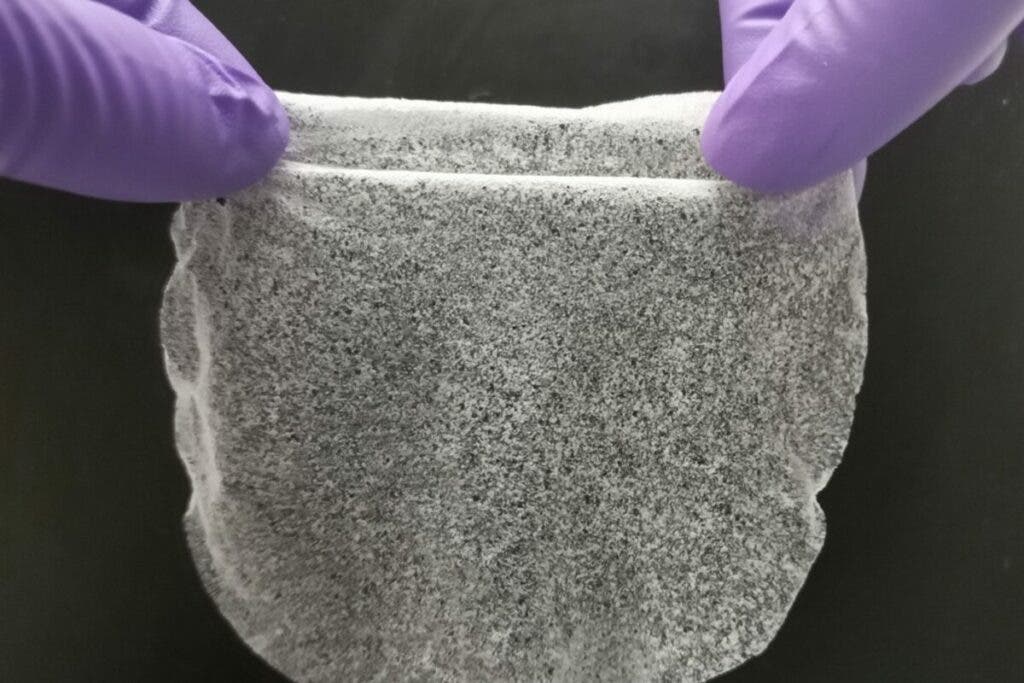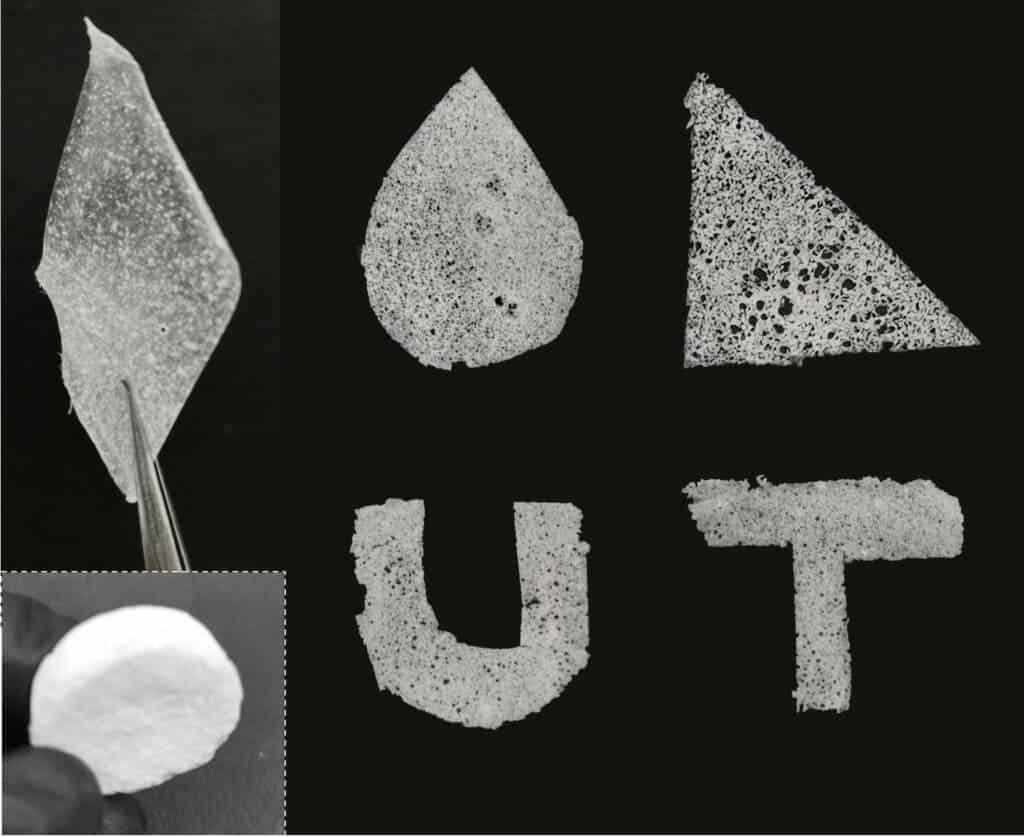
Nearly one in three people lack access to safe drinking water, according to the WHO, and that number is only likely to grow for two reasons: population growth and climate change. This is why some scientists are hard at work developing new technologies to stave off a thirstier future.
The biggest challenge is balancing a rising population against a finite amount of available water. But researchers at the University of Texas at Austin thought outside the box, pushing the boundary of where we can source water.
In a new study, they’ve described a cheap gel film that can capture water out of the atmosphere, pulling up to a couple of liters of drinking water per day even during dry conditions.
The gel is made from cellulose, the main substance found in plant cell walls that helps the plant to remain stiff and strong, and konjac gum, a natural, water-soluble dietary fiber extracted from the roots of the elephant yam, which is often used as a food additive. Both materials are affordable and readily available.
The two components work together to absorb water from the air. The porous structure of the gum attracts water molecules, trapping them within. Then, when heated, the cellulose becomes water-repellent, releasing the captured water.

During experiments using air with a relative humidity of 30%, one kilogram of the gel was able to capture and release 13 liters of water over a 24-hour period. At 15% relative humidity, which is what you’d expect to see in a desert, the gel still managed to produce more than 6 liters of water per kilogram.
“This new work is about practical solutions that people can use to get water in the hottest, driest places on Earth,” said Guihua Yu, professor of materials science and mechanical engineering at the University of Texas at Austin. “This could allow millions of people without consistent access to drinking water to have simple, water generating devices at home that they can easily operate.”

Previously, Yu and colleagues made a solar-powered moisture harvester and a new type of self-watering soil that pulls water from the air and distributes it to plants. The experience they gained over the last few years working on these projects helped them make this gel, which could help the more than two billion people worldwide who live in dry lands and experience significant water shortages.
And unlike other harvesting systems that pull water from the air, this simple gel film is cheap, doesn’t require energy to operate, and can be manufactured easily by just about anyone.
“This is not something you need an advanced degree to use,” said Youhong “Nancy” Guo, the lead author of the paper and a former doctoral student in Yu’s lab, now a postdoctoral researcher at the Massachusetts Institute of Technology. “It’s straightforward enough that anyone can make it at home if they have the materials.”
“The gel takes 2 minutes to set simply. Then, it just needs to be freeze-dried, and it can be peeled off the mold and used immediately after that,” said Weixin Guan, a doctoral student on Yu’s team and a lead researcher of the work.
The findings were reported in the journal Nature Communications.









